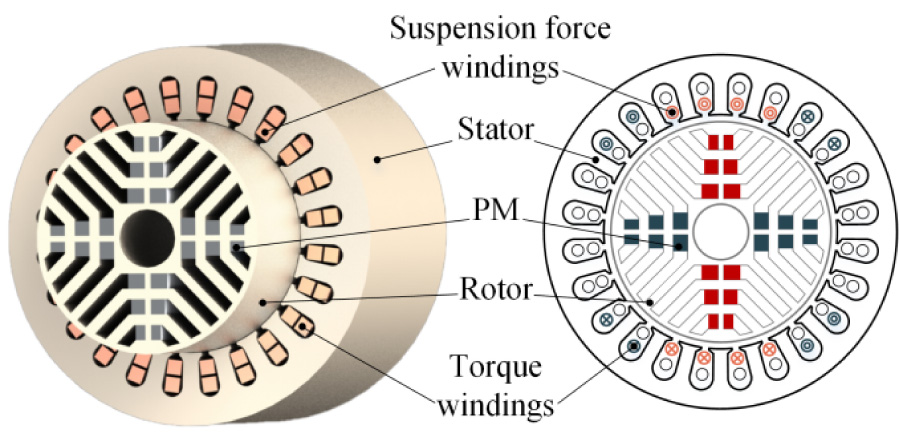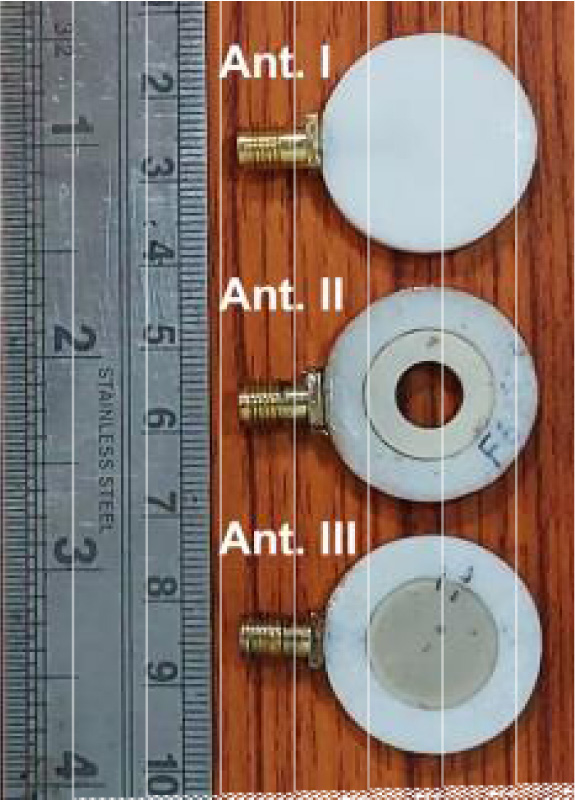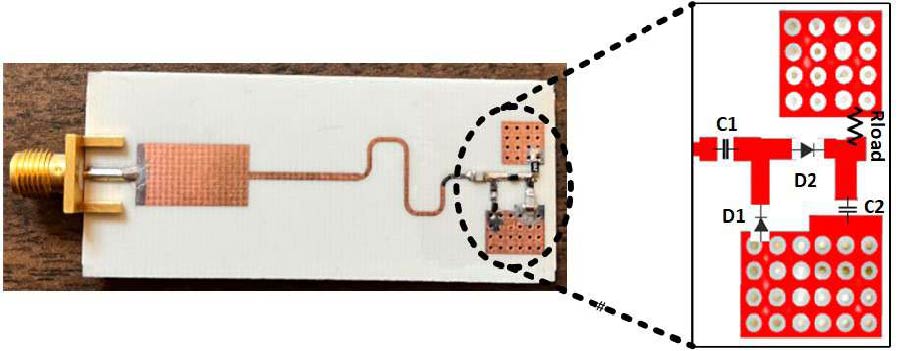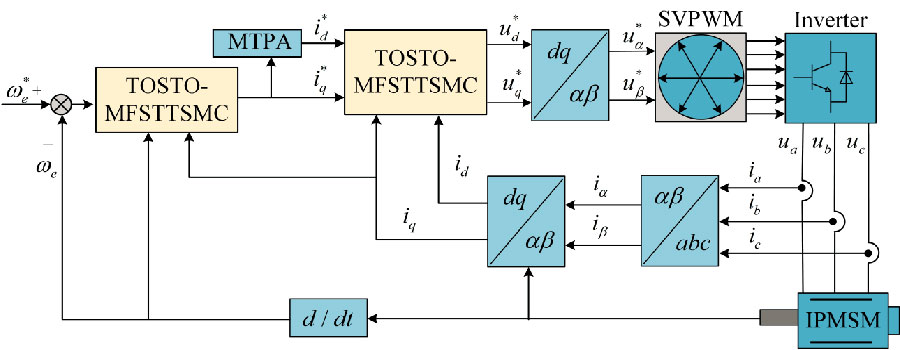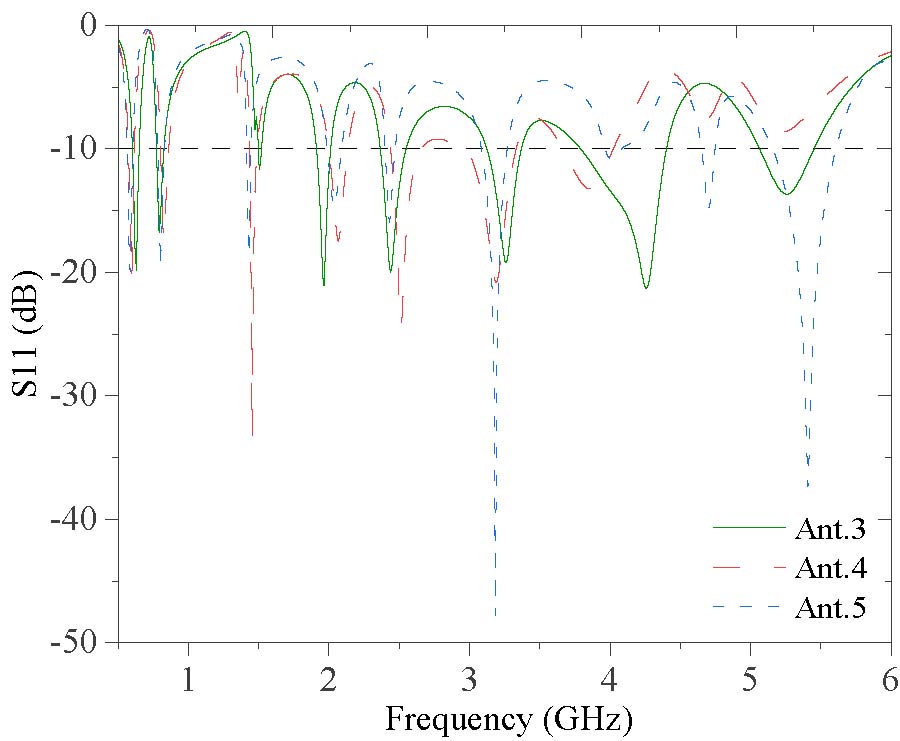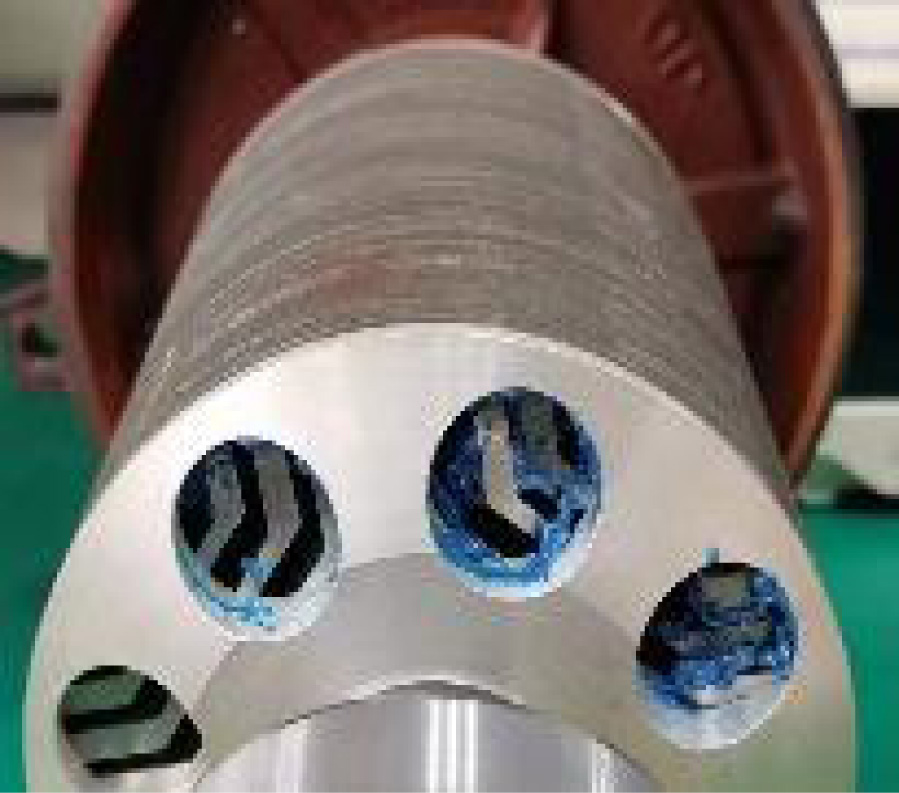Research on the Combination of IE3-IE5 Series Energy-Efficient Three-Phase Induction Motor
Chaohui Zhao,
Huoda Hu and
Wendong Zhang
Motor energy efficiency has gradually become a research hotspot. In this paper, the optimization analysis of motor energy efficiency is carried out for the widely used three-phase induction motors. Based on keeping the stator and rotor structure parameters unchanged, a reasonable combination of motor steel material, winding type, and bar conductor material can realize the change in motor energy efficiency class. Firstly, the influence of stator and rotor steel materials on iron consumption is analyzed using the triple equation of iron consumption. And the loss distribution and efficiency of DW540, DW470, DW360, DW310, DW270, 1J22, and amorphous alloy materials are discussed. Secondly, the effect of different winding types on the no-load reverse electromotive force is analyzed and discussed, and its simulation model is constructed. The corresponding motor efficiency is summarized. Then, the impact of cast copper and aluminum rotors on energy efficiency is compared and analyzed. Finally, the steel material combinations, winding type, and bar conductor material are classified according to the IE3, IE4, and IE5 energy-efficiency classes. The results show that by choosing the right combination, the motor's energy efficiency can be increased by up to 95.3%.







